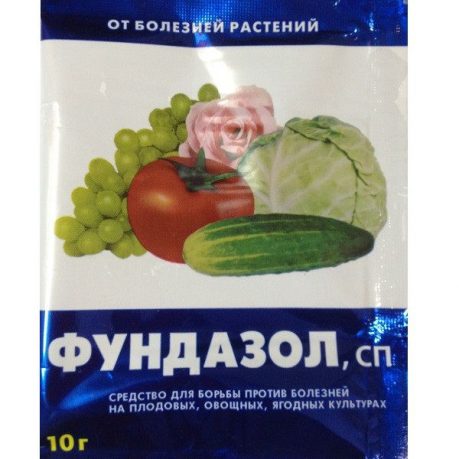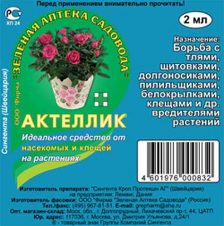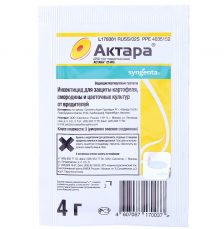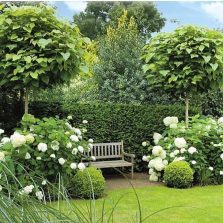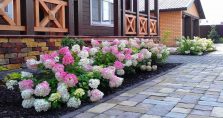A good choice for decorating the garden would be Hydrangea Dolly. This variety was bred relatively recently, it has a long, beautiful flowering, winter hardiness and compact size of the bush. The greatest decorativeness of a plant can be achieved only with proper care.
Material Content:
Grade description
The variety of hydrangea Dolly is loved by gardeners - it is a low spreading bush that blooms from July to October with large cone-shaped caps of flowers. Its height does not exceed one and a half meters, and snow-white inflorescences turn pink by autumn.

Dense green foliage covers the bush in late May - early June, making it attractive. Flowers blooming in a month are formed on the shoots of the current year, they are not only beautiful, but also smell good.
Planting in open ground
To plant hydrangeas in a plot with fertile soil, a pit about 30 cm deep is prepared. In the northern regions it is planted in spring, and in the south this can be done both in spring and autumn.

Acid peat is poured into the bottom of the hole to create the desired acidity of the soil, which hydrangea loves.
The pH for the soil is 4.5-5.5. Add:
- a tablespoon of urea with a slide;
- double superphosphate 60 - 70 grams;
- potassium sulfate 2 tbsp. l .;
- and pine bark or coniferous litter.
All components are mixed with garden soil.
Then the hole is watered before planting, adding a rooting agent to the water. About 12 liters of water are consumed per seedling. After planting the bush in the hole, the shoots are trimmed to a living bud.
The root neck should be at ground level or slightly deepened. The earth must be compacted so that there are no voids around the roots. Top still watered.When it is absorbed, the trunk circle is mulched with peat and pine bark. The mulch layer should be 8 - 10 cm.
Hydrangea Care Dolly
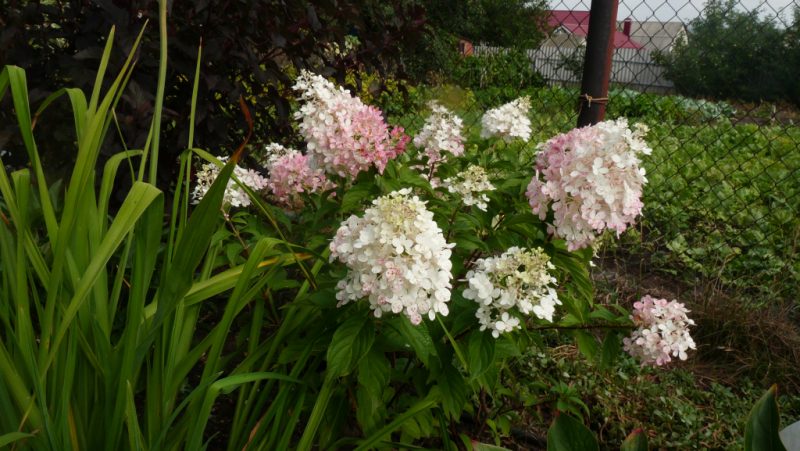
Panicle hydrangea loves sunlight, moisture and good nutrition. Normally grows in light partial shade. It does not tolerate lime in the soil, it must be taken into account when choosing fertilizers and watering. It is best to water the bushes with rainwater. In addition, the bush needs annual pruning.
Watering and feeding
The bush is fertilized in early June with slurry (ratio 1:10) and complex mineral fertilizer, which includes nitrogen, phosphorus, potassium. After 2 weeks, top dressing is repeated.

Fertilizer in June allows the plant to bloom powerfully and plentifully to the cold. Since July, nitrogen fertilizing is ruled out.
Hydrangea is watered abundantly as the soil dries. The near-trunk circle is loosened and mulched with peat and humus. Mulch serves as an additional fertilizer.
Pruning
Hydrangea Dolly without trimming is very thick. The bushes look neglected, the quality of flowering decreases, the inflorescences gradually fade. Pruning is carried out in early spring, so that new shoots with flowering buds can grow.

A young seedling needs to grow a powerful root system. This is possible only thanks to the development of the aerial parts - shoots and green foliage. Therefore, the young plant is not subjected to forming pruning. Trim the bush at the age of 2 to 3 years.
In the first year, the main skeletal branches are formed, evenly located on the trunk, cut young weak shoots.
In the second year, annual shoots are greatly shortened to old wood with strong buds. After pruning, the plant is abundantly watered and mulched with peat or manure. Top dressing after pruning stimulates the growth of new shoots.
All subsequent years, pruning is the same as in the second year. When the main skeletal branches thicken strongly, they are thinned out. For aging bushes spend anti-aging pruning to a height of 50 - 80 cm from the ground.
How to care for hydrangea in autumn, winter
In the autumn, dried inflorescences and thin, weak shoots are pruned. Inflorescences can be left until spring. But sometimes the adhering snow breaks off such caps of flowers along with shoots, which makes the plant sick.
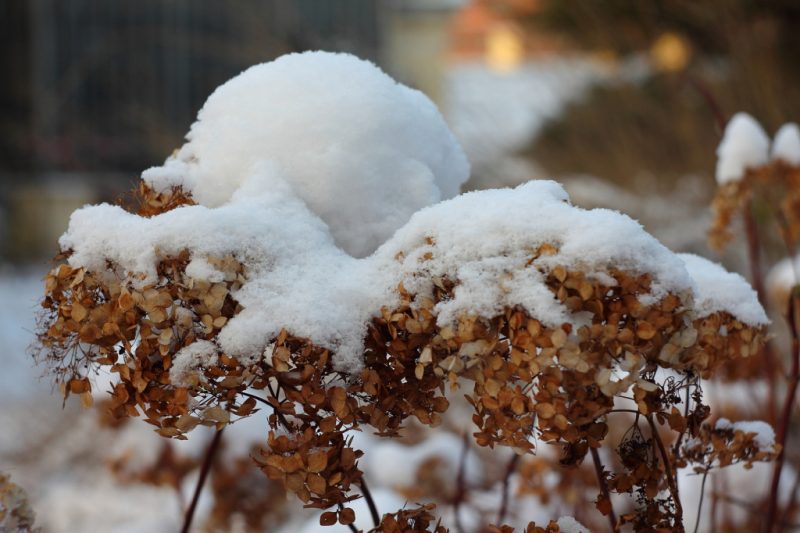
Before the cold weather comes, water-charging irrigation is carried out so that the root system of the plant does not freeze, and it is spudded to a height of about 30 cm.
Read also:hydrangea home
Reproduction of panicle dolly hydrangea
Hydrangea propagates by cuttings and layering. For reproduction, you can use the shoots left after pruning in the spring. Each handle should have at least 4 kidneys.
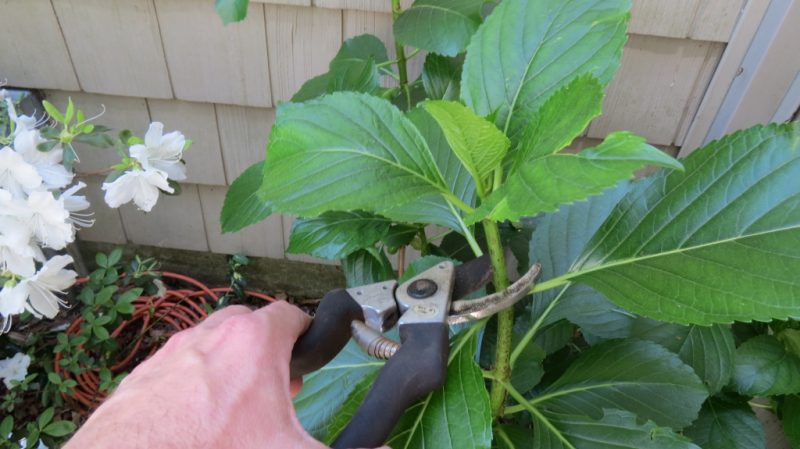
Cut shoots can withstand two days in a weak solution of "Kornevin." Then planted in a container with light fertile soil or in the garden.
When planting in open ground, cuttings shade from the bright sun. They make sure that the soil remains moist all the time. When rooting occurs and leaves appear, the shelter is removed.
Before frost, young plants are covered with branches of spruce branches. The first flower stalks are removed next year so that they do not take away strength, and all of them were aimed at forming the crown and root system. Planting hydrangea Dolly in a permanent place is carried out at the age of 3-4 years.
Protection against diseases and pests
Diseases and pests threaten hydrangeas in the same way as other plants with a loss of decorativeness, and sometimes death. Noticing signs of damage - a whitish coating on the leaves, wilting, brown spots, treat the bushes with fungicides.
A good result is given by spraying with Bordeaux liquid (1%) or “Fundazol” (20 g per 10 l).
In the fight against aphids, garlic tincture helps. For its preparation, 50 g of chopped garlic is poured into 2 liters of water, insisted 48 hours. Add 10 g of liquid soap to the tincture and spray the plant over the leaves, trying to moisten them from all sides. This method is good if the weather is dry, the rains will not wash off the soap solution from the bush. In case of severe defeat, it is advisable to use “Aktara” or “Actellik”.
Use in landscape design
Hydrangea is planted at the entrance to the garden or near the house. It goes well with junipers, firs, decorative coniferous shrubs. Powerful peonies with large bright flowers look beautiful next to blooming hydrangea.
Classic garden partners are mock-up and lilac. Hydrangea flowering begins immediately after these ornamental shrubs, filling the garden with airiness and a wonderful aroma.


